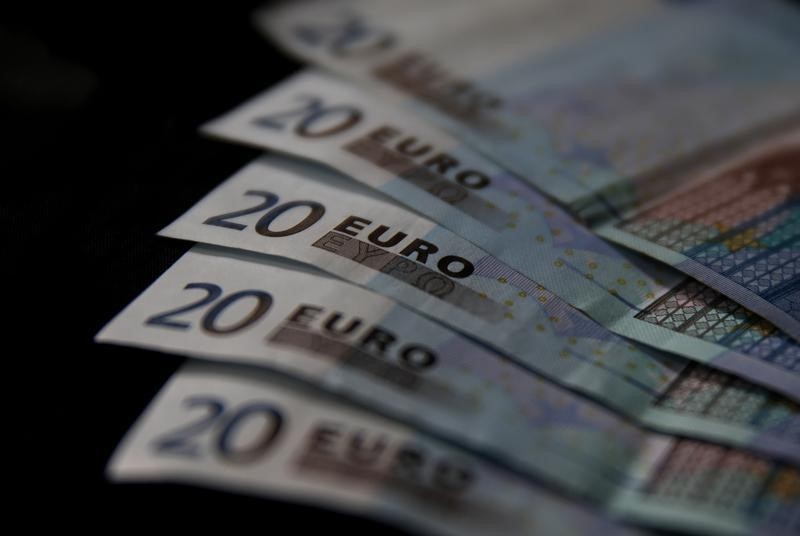Investing.com - The euro fell to fresh seven-year lows against the stronger pound on Wednesday, as concerns over Greece’s debt crisis continued to weigh, while robust U.K. jobs and earnings data boosted sterling.
EUR/GBP was last down 1.01% to 0.7357, the lowest level since January 2008.
The single currency remained under pressure as the lack of an agreement over a new financing arrangement for Greece weighed. Athens has until Friday to request an extension otherwise its bailout will expire on February 28 and the country will run out of money, which could trigger the country’s exit from the euro zone.
The Greek government was expected to submit a request for an extension of its existing loan agreement with the euro zone, which it differentiates from its bailout, on Thursday.
EUR/USD was last down 0.40% to 1.1365.
Demand for sterling continued to be underpinned after data earlier showing that the U.K. jobless rate fell in December while pay growth outstripped inflation.
The Office for National Statistics said the U.K. unemployment rate fell to a new six-year low of 5.7% in the three months to December.
Average earnings, excluding bonuses, rose by 1.7% year-over-year in the last three months of 2014. Including bonuses, average earnings rose 2.1%, easily outstripping inflation of 0.5%.
At the same time, the minutes of the Bank of England’s February meeting showed that while policymakers voted 9-0 to leave interest rates unchanged at 0.5% this month one monetary policy committee member believes the BoE it is as likely to loosen monetary policy as tighten it.
Elsewhere, sterling rose to more than one-and-a-half month highs against the dollar following the release of weaker-than-expected U.S. economic reports. GBP/USD hit session highs of 1.5445, the most since January 2.
The Labor Department said that U.S. producer prices fell 0.8% in January and were flat on a year-over-year basis, as lower gasoline prices pushed down inflation.
Separate reports showed that U.S. housing starts fell 2% in January from a month earlier to an annual rate of 1.065 million, undershooting expectations of a rate of 1.07 million.
Industrial production rose just 0.2% in January from the prior month, below expectations of a 0.3% increase.
Investors were looking ahead to the minutes of the Federal Reserve’s latest meeting later in the day for further indications on when U.S. interest rates could start to rise, amid concerns over persistently low levels of inflation.
In other trade, the U.S. dollar index, which measures the greenback’s strength against a trade-weighted basket of six major currencies, was up 0.37% to 94.49, boosted by weakness in the euro.
